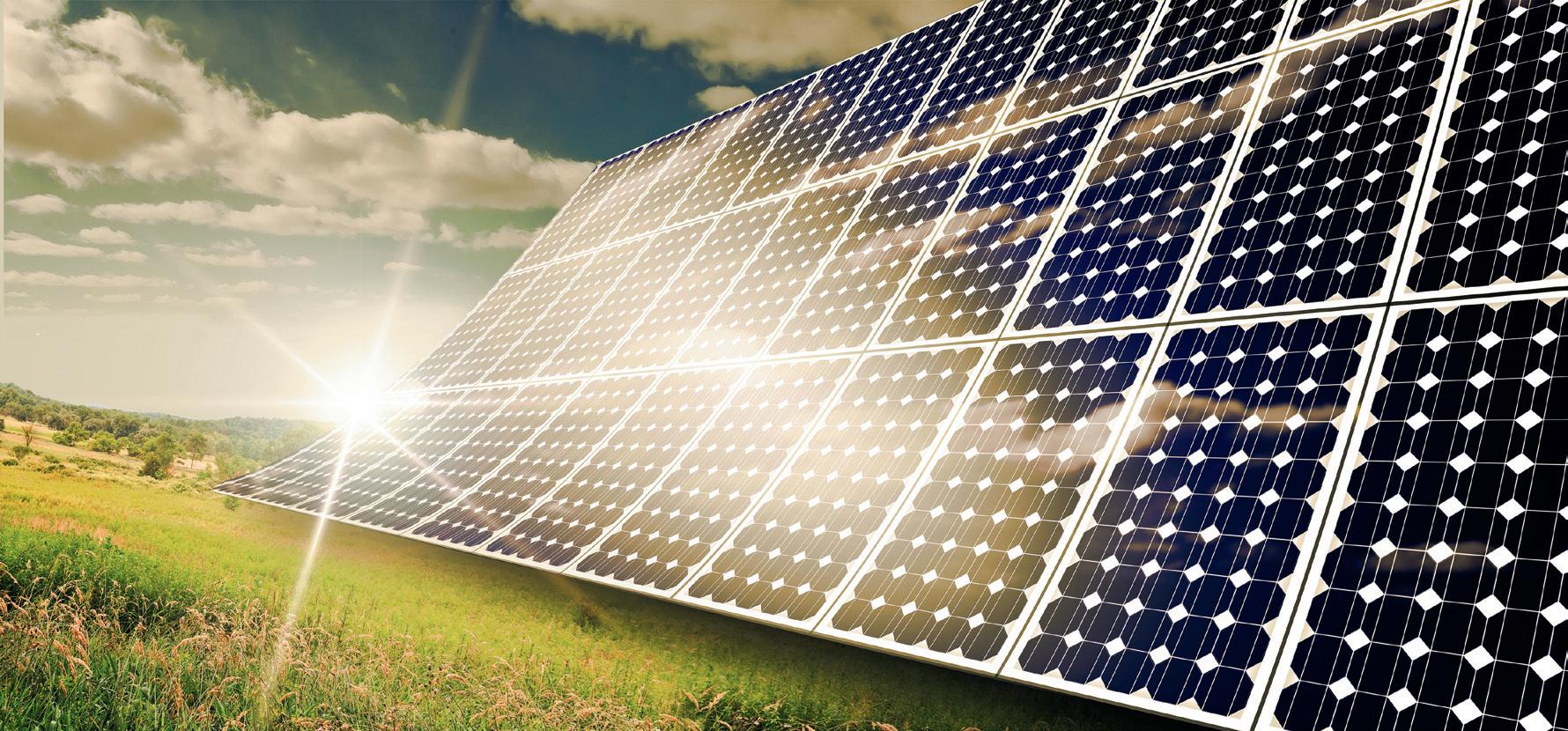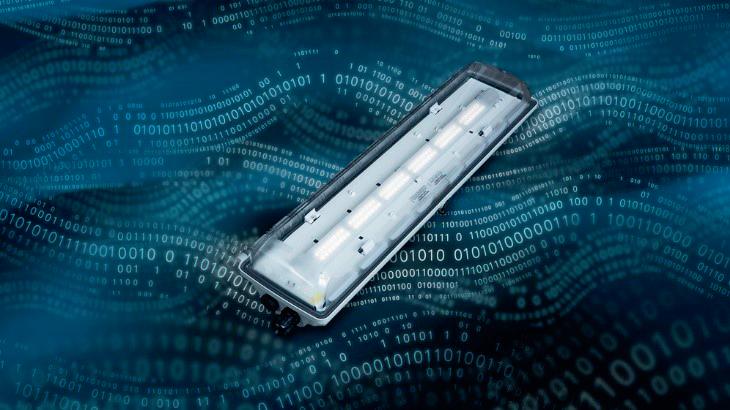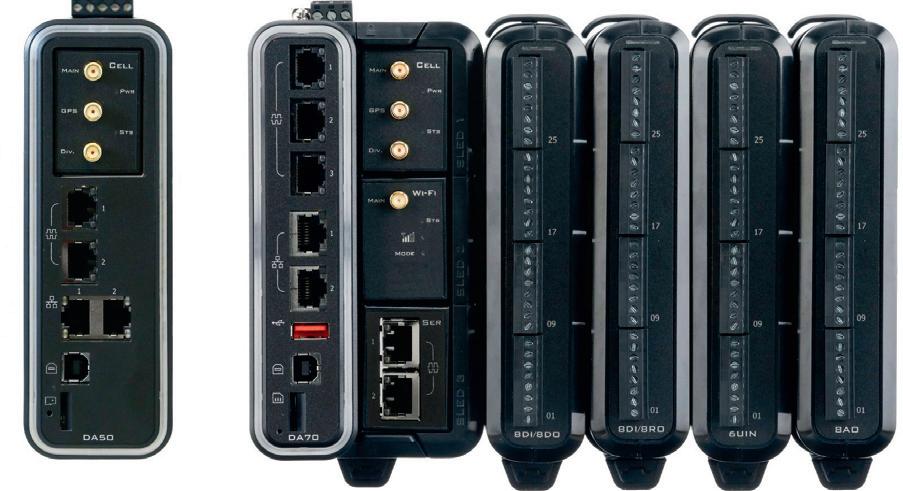
8 minute read
Next-gen solar designed to take the heat
©stock.adobe.com/au/Ezume Images
Anext-generation solar cell that can maintain efficiency in the heat has been developed by engineers at Iowa State University.
This solar cell takes advantage of the electro-optical properties of perovskite materials, and the materials are much more stable at high temperatures.
One problem with the current generation of silicon solar cells is their relatively low efficiency at converting solar energy into electricity, according to Vikram Dalal, the Director of Iowa State’s Microelectronics Research Center.
The best silicon solar cells in the laboratory are about 26% efficient while commercial cells are about 15%. That means bigger systems are necessary to produce a given amount of electricity, and bigger systems mean higher costs.
That has researchers looking for new ways to raise efficiency and decrease costs. One idea that could boost efficiency by as much as 50% is a tandem structure that stacks two kinds of cells on top of each other, each using different, complementary parts of the solar spectrum to produce power.
The potential of perovskite Researchers have recently started looking at hybrid organic-inorganic perovskite materials as a good tandem partner for silicon cells. Perovskite calls have efficiency rates nearing 25%, have a complementary bandgap, can be very thin (just a millionth of metre) and can easily be deposited on silicon.
However, Dalal said researchers have learned those hybrid perovskite solar cells break down when exposed to high temperatures.
This causes problems when solar arrays are placed where the sunshine is — usually hot, dry deserts in places such as the American southwest, Australia, the Middle East and India. Ambient temperatures in such places can hit 48–54°C and solar cell temperatures can hit 93°C.
Iowa State University engineers, in a project partially supported by the National Science Foundation, have found a way to take ad
vantage of perovskite’s useful properties while stabilising the cells at high temperatures. They describe their discovery in a paper recently published online by the scientific journal American Chemical Society Applied Energy Materials.
“These are promising results in pursuit of the commercialisation of perovskite solar cell materials and a cleaner, greener future,” said Harshavardhan Gaonkar, the paper’s first author, who is working in Boise, Idaho, as an engineer for ON Semiconductor.
Tweaking the material Dalal, the corresponding author of the paper, said there are two key developments in the new solar cell technology.
Firstly, engineers made some tweaks to the make-up of the perovskite material. They removed organic components in the material — particularly cations, materials with extra protons and a positive charge — and substituted inorganic materials such as cesium. That made the material stable at higher temperatures.
Secondly, they developed a fabrication technique that builds the perovskite material one thin layer — just a few billionths of a metre — at a time. This vapour deposition technique is consistent, leaves no contaminants and is already used in other industries so it can be scaled up for commercial production.
The result of those changes?
“Our perovskite solar cells show no thermal degradation even at 200°C for over three days, temperatures far more than what the solar cell would have to endure in real-world environments,” Gaonkar said.
“That’s far better than the organic-inorganic perovskite cells, which would have decomposed totally at this temperature. So this is a major advance in the field,” Dalal said.
The paper reports the new inorganic perovskite solar cells have a photo-conversion efficiency of 11.8%.
“We are now trying to optimise this cell — we want to make it more efficient at converting solar energy into electricity,” Dalal said.
“We still have a lot of research to do, but we think we can get there by using new combinations of materials.”

Enclosures MFB’s SoHo 210 range of enclosures offers a useful solution for removing desk clutter. The simple enclosures provide a vertical storage solution for equipment that could otherwise take up unnecessary desk space. Simply drop one under a desk to house modems, switches, routers and other peripheral devices.
TE Connectivity has introduced M8/ M12 cable assemblies to complement its existing sensor/actuator cable assembly solutions.
The A- and B-coded M8/M12 cable assemblies comply with Profibus, DeviceNet and CC-link protocols, offering multiple options for a variety of needs. They have 360° shielding against EMI for complete protection for signal and data transmission, and are rated IP67 for resistance to dust and water.
The assemblies are overmoulded in either PVC or halogen-free polyurethane (PUR) cables, suitable for drag chain applications or torsional stress, depending on user performance requirements. They come with various standard cable length options from 0.5 to 15.0 m.
The assemblies can be produced in many user-specific plug-and-play configurations to enable design flexibility and quick installation in most industrial environments.
Applications for the assemblies include process control systems, robotics and automation, production equipment, machine tools and material handling.
TE Connectivity
www.te.com
Cable assemblies
The enclosures can be supplied unassembled or assembled with common MFB accessories including shelving and power distribution boards. They are available in a range of heights and depths and a range of powder coat colour finishes.
MFB Products Pty Ltd
www.mfb.com.au

Explosion-protected lighting systems R. STAHL has now released modern explosion-protected lighting systems with DALI interfaces. The EXLUX luminaire variants correspond to the DALI standard according to IEC 62386, and are specifically designed for consistent lighting management for general and emergency lighting, even up to Zone 1 explosion protection. As well as safety and emergency lighting, the range includes durable, energy-efficient linear luminaires that can be installed as ceiling, pendant or pole-mounted light fittings.
These luminaires, from the EXLUX 6002/4, 6402/4, 6009/4 and 6409/4 ranges, are designed to function for over 100,000 operating hours at a maximum ambient temperature of +60°C and achieve light output values up to 145 lm/W. Thanks to the use of bidirectional DALI communication, around 200 programmable commands can be configured, allowing operators to set different intensity values and dimming behaviour for individual light fittings or luminaire groups.
In addition, status and functional data can be transmitted to the bus master. The DALI standard makes it easier to integrate external sensors for presence or daylight control and offers additional functions for continuous data storage (NVM), device identification, light value detection and error diagnosis. The automatic retrieval of switching states, error messages and brightness values supports forward-looking maintenance concepts. For location-independent remote monitoring, data can be managed using a web browser or smartphone app. The safety and emergency lighting monitoring function encompasses both the light fittings and the battery status. This means that the DALI function is automatically switched off in a situation requiring emergency lighting. R. STAHL supplies its DALI light fitting variants as devices suitable for hard-wired networking using the DALI 24 V DC bus. Ex d protected empty enclosures are available for installing a DALI master in a hazardous area.
R. STAHL Australia Pty Ltd
www.stahl.com.au
Test and diagnostics system for medium-voltage cables Megger’s VLF Sine 62 kV with integrated tan delta is a compact, robust and portable high-performance test and diagnostics system for the testing and condition analysis of medium-voltage cables. The smart VLF system automatically adjusts the test frequency to the cable length, making even tests on 35 kV rated cables (up to 25 km) easy to carry out.
The product is a multifunctional tool. Not only can it perform VLF and DC testing, it can also perform sheath testing and sheath fault pinpointing. Moreover, the optional internal tan delta expands the system to assess both cable integrity and condition.
The device offers easy field operation, with no need for external computer. It is also small and light, with automatic result interpretation as per latest IEEE 400.2 standard.
Megger Limited
www.megger.com
12 kV thumper and TDR power cable fault locator The Megger EZ-Thump is a compact and lightweight portable cable fault location system that is also suitable for cable testing. It is designed for quick and safe fault-locating operations to reduce customer outage time. It is available to rent from TechRentals.
The unit incorporates a 12 kV hipot tester, time-domain reflectometer (TDR) and surge generator. It can be powered from an AC supply or internal batteries (3 h recharge time provides 30 m of thumping). The surge generator produces a 500 J, 0–12 kV @ 12 mA pulse. The kit includes the Digiphone Plus pin pointer with surge wave receiver to locate faults while thumping. The device is suitable for both a ‘satellite’ fault-locating concept, designed for remote areas with less frequent faults, and for hard-to-access inner-city locations.
TechRentals
www.techrentals.com.au


Edge networking gateway The FlexEdge Intelligent Edge Automation Platform from Red Lion is said to bring greater versatility to edge computing. The DA50D and DA70D models feature a modular design and intuitive software to enable quick customisation and deployment in a range of applications. The robust, industrial-grade networking gateway is deployable as a wired or cellular solution to securely connect different networks through flexible networking functionality.
FlexEdge offers a wide variety of wireless and wired communication options for connection to any industrial communication requirement, regardless of protocol or manufacturer, and offers a form factor and platform that adapts as quickly as application needs change. It is available with advanced networking functionality or advanced automation features, including protocol conversion, an advanced web server, data logging and cloud connectivity.
Both the DA50D and DA70D feature wide operating temperatures from -40 to +75°C while remaining flexible for data-driven applications with real-time system alarms and LED diagnostic indicators. With multiple isolated serial ports, Ethernet, optional Wi-Fi and cellular communication sleds, optional field-installable I/O and a certified, robust enclosure, FlexEdge is designed to be suitable for almost any industrial environment with demanding requirements.
The platform carries certifications that make it suitable for oil and gas, water, wastewater, maritime, hazardous areas and factory automation applications.
Control Logic Pty Ltd
www.controllogic.com.au











